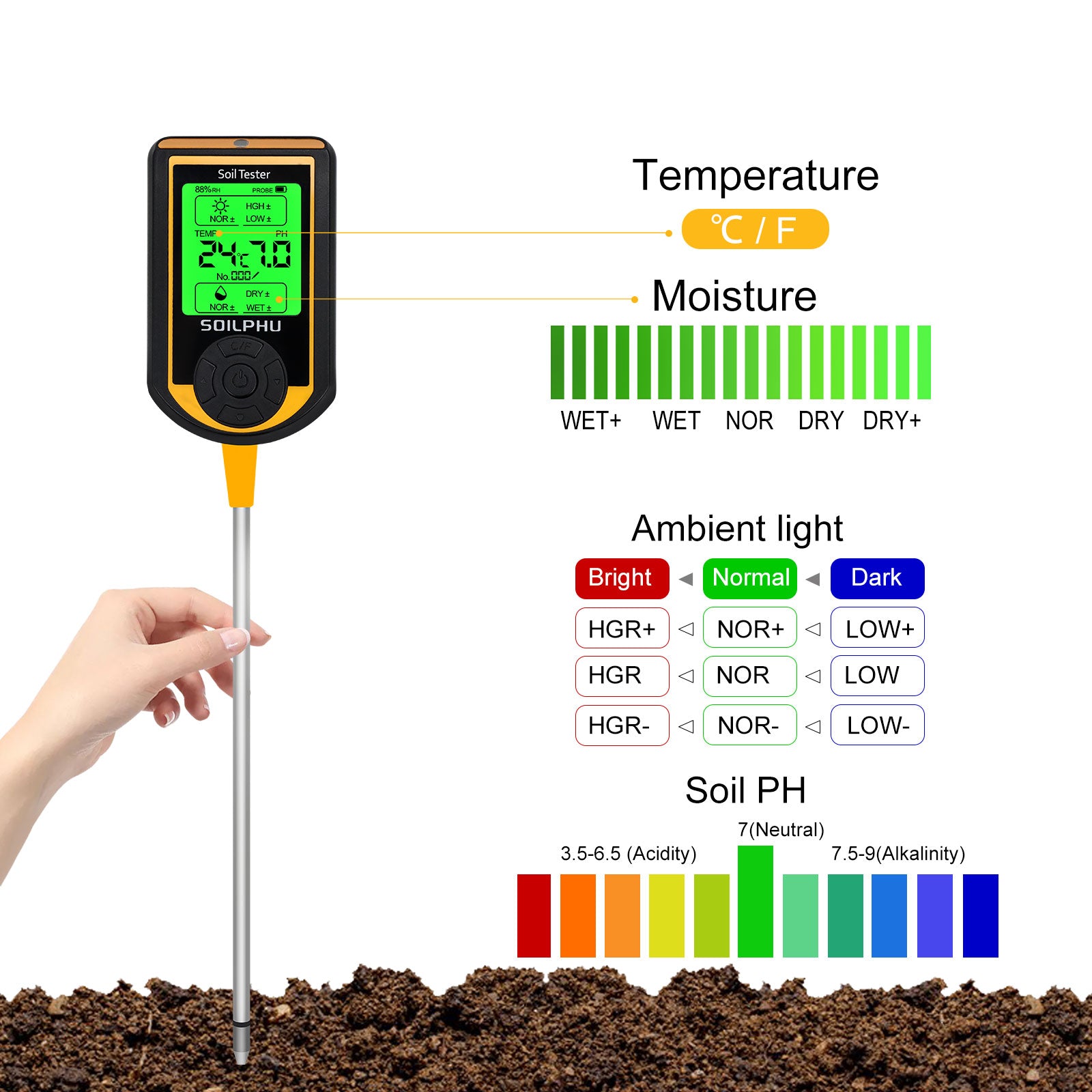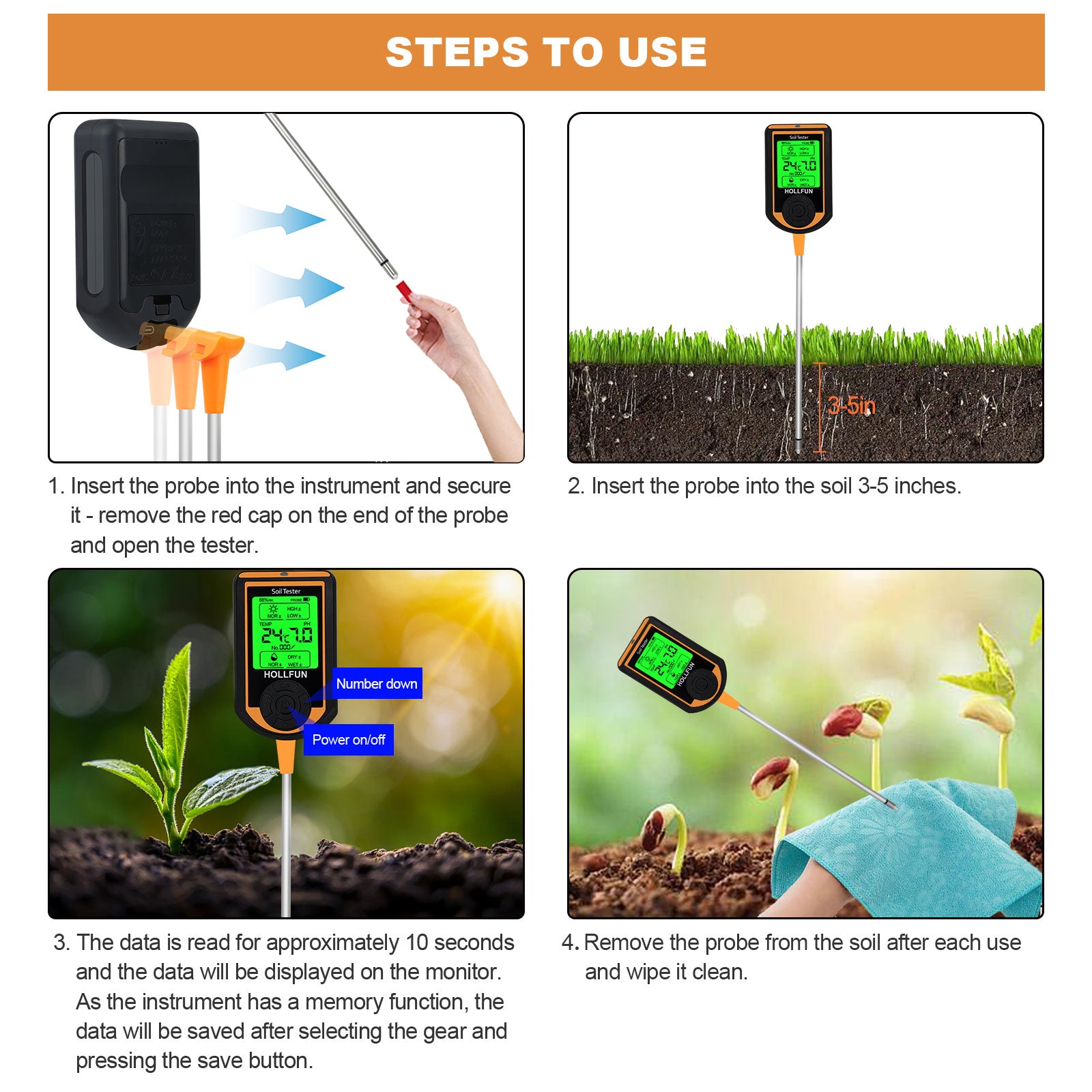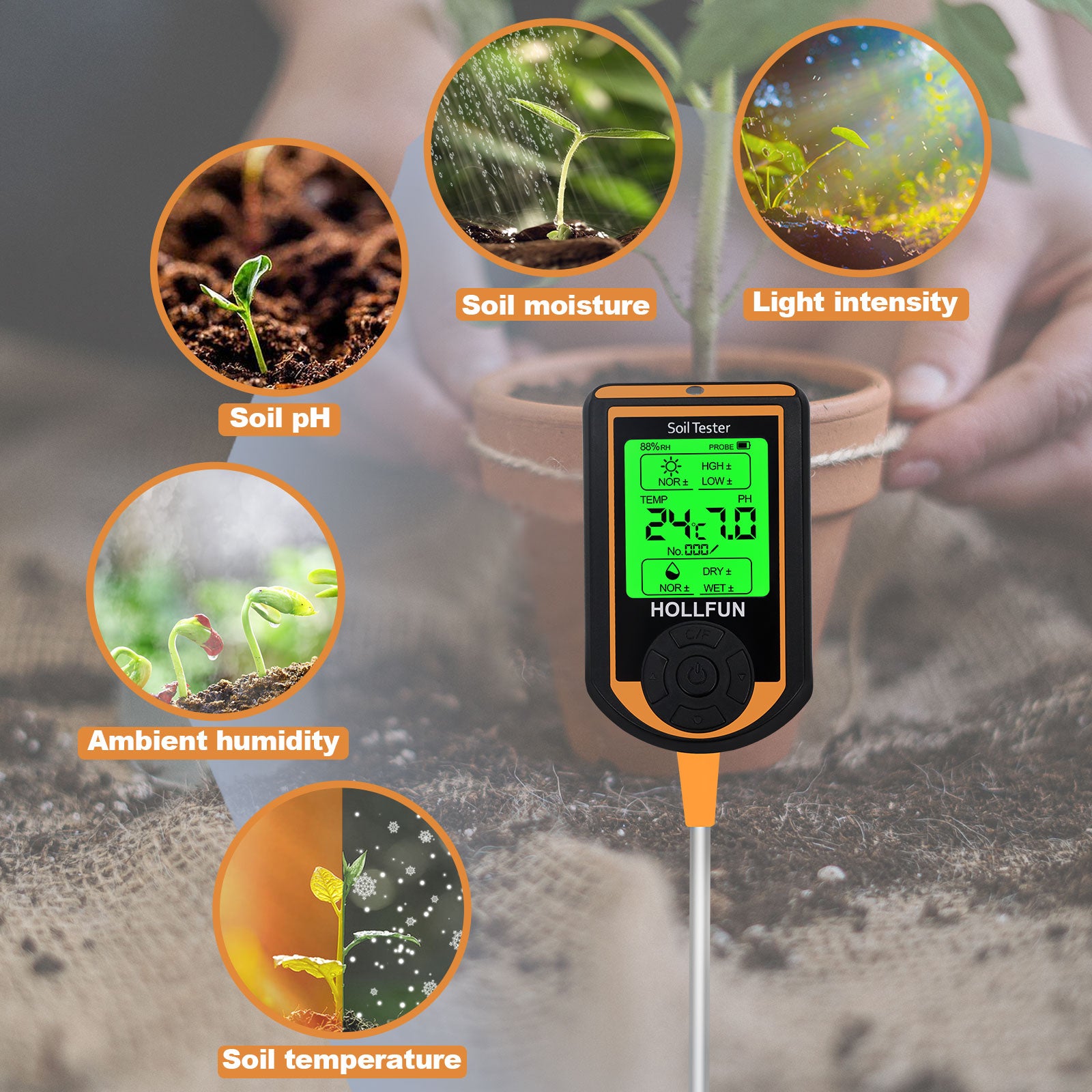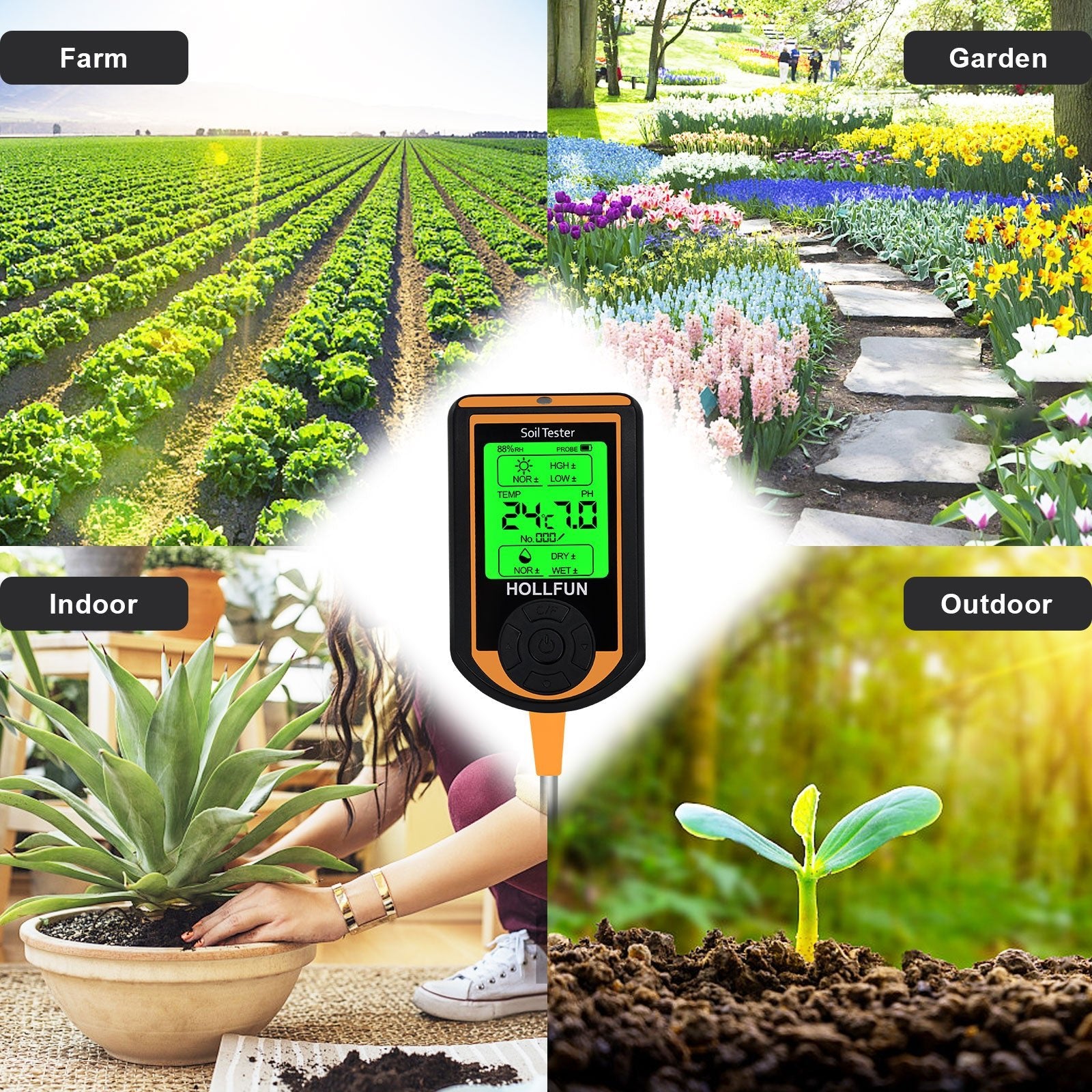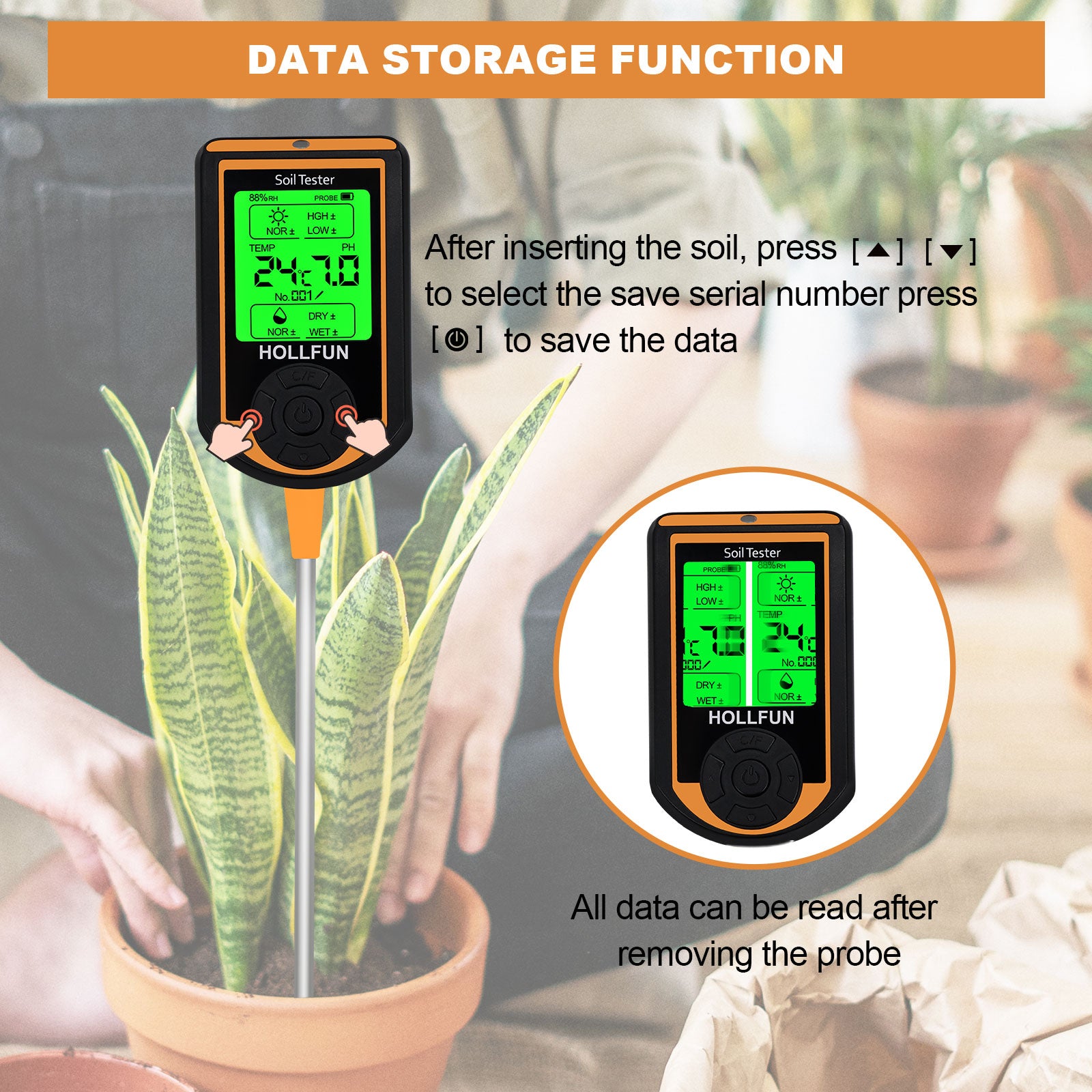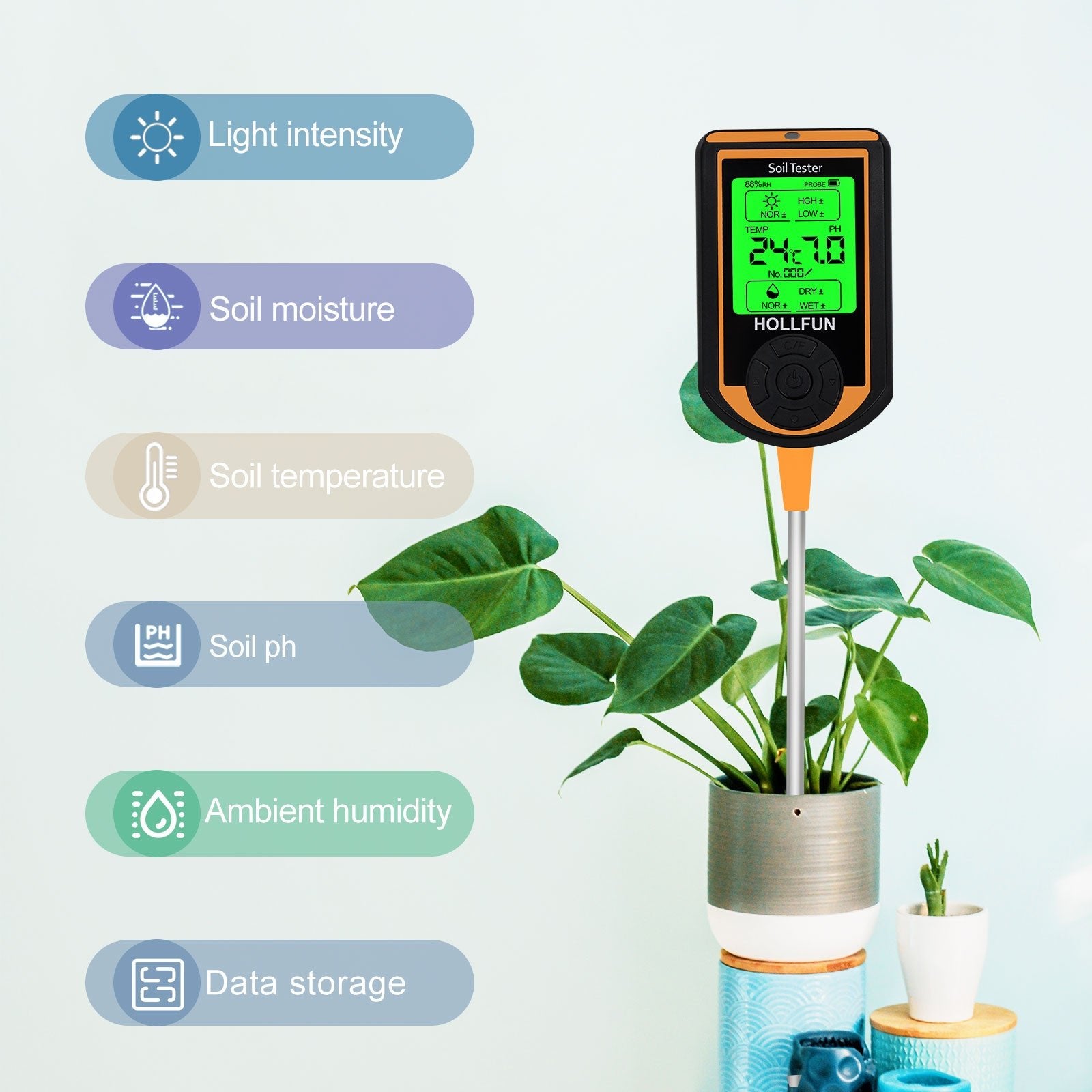Introduction
Gourds are a diverse and fascinating group of plants that have been cultivated for centuries. They are known for their unique shapes and sizes, making them a popular choice for crafts, decorations, and even as functional items. Whether you want to create beautiful gourd art, make birdhouses, or simply enjoy the satisfaction of growing your own food, gourds are a fantastic addition to any garden. In this guide, we'll take you through the steps to successfully grow gourds in your own backyard.
-
Choosing the Right Variety
Gourds come in various shapes and sizes, and each type has its own unique characteristics. Some common types of gourds include bottle gourds, ornamental gourds, and birdhouse gourds. It's essential to choose the variety that best suits your purpose. For crafting and decorations, ornamental gourds with interesting shapes and colors are great. For functional items like birdhouses, birdhouse gourds are ideal.
-
Selecting the Perfect Location
Gourds thrive in full sunlight, so choose a location in your garden that receives at least 6-8 hours of direct sunlight each day. Ensure the soil is well-draining, as gourds don't like to sit in waterlogged soil. Proper drainage will prevent root rot and other diseases.
-
Preparing the Soil
Before planting, prepare the soil by enriching it with organic matter like compost or well-rotted manure. Gourds prefer slightly acidic to neutral soil (pH 6.0 to 7.0), so you may need to adjust the pH of your soil if necessary. Work the organic matter into the soil to a depth of at least 12 inches.
-
Planting Gourd Seeds
Gourd seeds can be sown directly in the garden or started indoors in seedling pots. If you live in an area with a short growing season, starting seeds indoors a few weeks before the last frost date is recommended. When planting seeds outdoors, make small mounds in the soil, spacing them about 3-4 feet apart, and sow 2-3 seeds per mound. Once they sprout and develop their first true leaves, thin them to one strong seedling per mound.
-
Providing Adequate Support
Gourds are vigorous climbers that require support as they grow. You can use trellises, fences, or sturdy structures like A-frames to support their vines. This not only prevents the fruit from touching the ground, which can cause rot, but it also maximizes your garden space.
-
Watering and Fertilizing
Gourds need regular and consistent watering to ensure healthy growth. Keep the soil consistently moist, but not waterlogged. Mulching around the base of the plants can help retain moisture and prevent weeds. Additionally, gourds benefit from regular feeding with a balanced, all-purpose fertilizer. Follow the manufacturer's recommendations for the best results.
-
Managing Pests and Diseases
Gourds can be susceptible to a variety of pests and diseases, including cucumber beetles, squash bugs, and powdery mildew. To protect your plants, consider using natural remedies like neem oil, diatomaceous earth, or introducing beneficial insects like ladybugs. Regularly inspect your gourd plants for signs of trouble and take action promptly to prevent infestations.
-
Harvesting Gourds
The right time to harvest gourds depends on the type you're growing. For most gourds, you can pick them when they reach the desired size and have a tough, dried-out skin. This is typically in late summer or early fall. Birdhouse gourds should be left to mature on the vine until they are completely dry and lightweight. Once harvested, allow them to cure in a cool, dry place for several weeks.
Conclusion
Growing gourds can be a rewarding and enjoyable gardening experience. These unique plants provide an array of crafting opportunities and practical uses, making them a versatile addition to your garden. By selecting the right variety, preparing the soil, and providing proper care, you can enjoy a bountiful harvest of gourds to fuel your creativity and add character to your outdoor space. Happy gardening!



